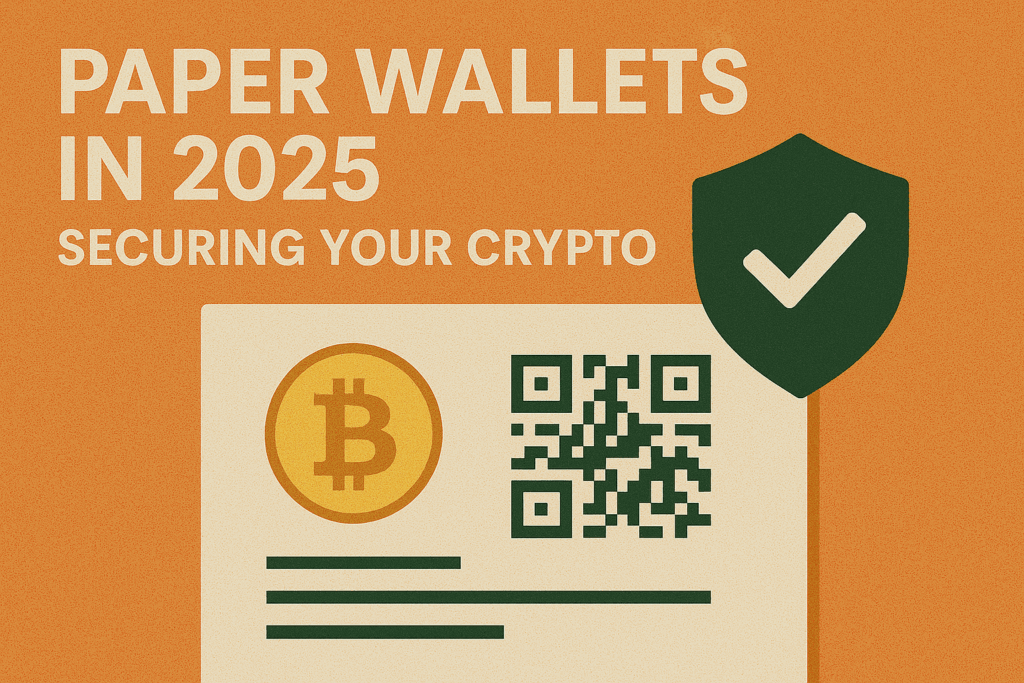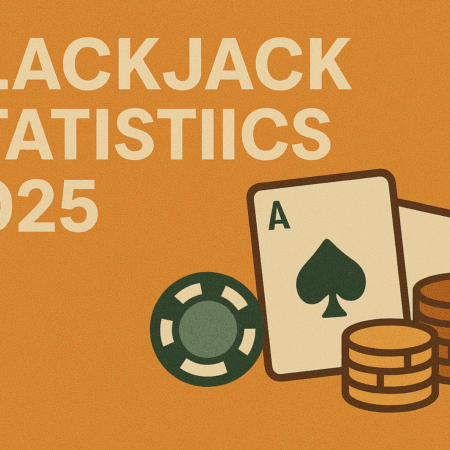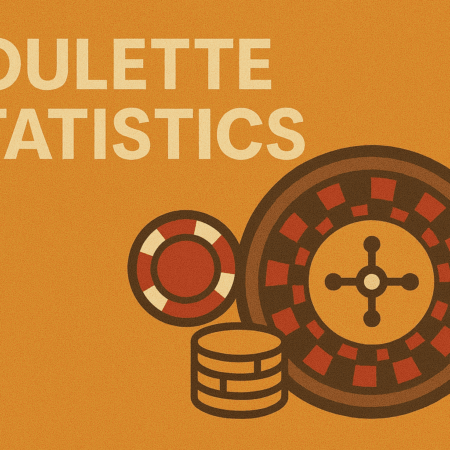
In 2025, the conversation around Bitcoin and crypto storage is more complex than ever. From hardware wallets with biometric verification to smart contract-based vaults, security innovations abound. Yet, one of the oldest methods of storing Bitcoin—the paper wallet—still garners interest from long-term holders and privacy-focused users.
- Sign-Up Offer
- FREE 500 GC + 3 SC
- No purchase necessary
- 100% First-Purchase Boost
- Daily Login Bonus: 10 FS
- Social Media Contests
- VIP Exclusive Rewards
But in an era of digital wallets, real-time blockchain access, and Layer 2 solutions, is the paper wallet still worth using? This guide explores what paper wallets are, how to create and use them securely in 2025, and whether they still have a place in modern crypto custody strategies.
What Is a Paper Wallet?
A paper wallet is a physical document that contains a public wallet address and a corresponding private key—typically as QR codes or alphanumeric strings. With it, you can receive crypto (to the public address) and send or spend it (using the private key).
Unlike hardware wallets or software-based apps, a paper wallet is completely offline, making it immune to hacks, malware, and online breaches. But its analog nature also comes with unique vulnerabilities like fire, water damage, or physical theft.
Pros and Cons of Paper Wallets in 2025
✅ Pros
- 100% Cold Storage: No connection to the internet = zero risk of remote hacking.
- No Hardware Dependency: No risk of firmware bugs, battery issues, or manufacturer compromise.
- Fully Anonymous: No sign-up, no KYC, no metadata tracking.
- Ideal for Long-Term Holding: Great for Bitcoin “time capsules” or inheritance planning.
❌ Cons
- Prone to Physical Loss or Damage: Fire, spills, or even sunlight can destroy ink.
- User Error Risk: One typo or missed detail can result in permanent loss of funds.
- Hard to Use for Spending: Importing or “sweeping” funds from a paper wallet can be clunky and risky if not done correctly.
- Outdated Methodology: Many wallet developers and exchanges no longer support paper wallet integration directly.
Step-by-Step: How to Create a Paper Wallet Safely in 2025
Creating a paper wallet today requires caution and an air-gapped environment to prevent exposing your private key to online threats. Here’s how to do it securely:
🔐 1. Prepare an Air-Gapped Environment
Use a brand-new or factory-reset computer that’s never been connected to the internet. Ideally, boot from a Linux live USB like Tails or Ubuntu. Disable all network adapters before you begin.
🧰 2. Download a Trusted Wallet Generator
Download an open-source wallet generator like:
Important: Never use the online versions of these sites. Always verify SHA256 hashes and digital signatures where possible.
🖨️ 3. Generate and Print Your Keys
- Run the wallet generator offline.
- Move your mouse randomly or type characters to seed randomness.
- The tool will generate a public key and private key with optional QR codes.
- Print the page using a non-networked printer.
- Do not save the file digitally (e.g., as PDF or screenshot).
💾 4. Destroy the Digital Footprint
Once printed:
- Power off the device.
- Wipe temporary memory.
- Remove the USB or boot drive.
- Never reconnect the device to the internet.
🔒 5. Store the Paper Wallet Securely
Store your wallet in:
- A fireproof safe or bank vault.
- A laminated or sealed pouch to protect from moisture.
- Multiple secure locations (e.g., geographic redundancy with passphrase splitting)
For high-value holdings, consider using Shamir’s Secret Sharing (SSS) or multi-sig backups to distribute risk.
How to Import or Sweep a Paper Wallet in 2025
If you want to access or move your funds from a paper wallet:
Option 1: Import
You manually enter the private key into a wallet app. The key remains active even after the transfer—not recommended unless you plan to use it continuously.
Option 2: Sweep (Recommended)
Sweeping involves transferring the full balance from the paper wallet into a new wallet address. Most mobile and desktop wallets offer a “Sweep Paper Wallet” option via QR scan.
Popular wallets in 2025 that support sweeping:
- BlueWallet (mobile, Lightning & on-chain)
- Sparrow Wallet (desktop)
- Electrum (advanced users)
- Samourai Wallet (for privacy)
Better Alternatives to Paper Wallets in 2025
The crypto landscape has evolved. While paper wallets are useful in niche cases, most experts now recommend:
🛡️ Hardware Wallets
Devices like Ledger, Trezor, and Coldcard offer cold storage with better recovery tools, firmware updates, and secure UI. Some now support air-gapped transactions via microSD or QR.
🔐 Multisig Setups
Use wallets like Sparrow, Casa, or Unchained Capital to require 2-of-3 or 3-of-5 keys to authorize transactions. Ideal for inheritance, DAOs, and long-term storage.
🌐 Vault Services & Custodians
For institutions or wealthy individuals, regulated services like Coinbase Prime, BitGo, or Anchorage Digital offer multi-layer custody solutions with insurance.
Are Paper Wallets Still Worth It in 2025?
In short: only for very specific use cases.
If you’re planning to store a small amount of Bitcoin long-term, with no intent to access it frequently, a paper wallet can be safe—if created and stored correctly. For everyone else, modern hardware wallets and multisig solutions offer better usability and security.
Best use cases today:
- Inheritance planning
- Bitcoin gift cards
- Offline cold storage vaults (as part of a multi-wallet plan)
For the average user, however, paper wallets are a relic of an earlier time—superseded by safer, more flexible storage options.
✅ FAQ: Paper Wallets in 2025
Are paper wallets still safe to use today?
Yes—if created in a completely offline environment and stored properly. However, user error or environmental damage is a major risk.
What is the difference between importing and sweeping a paper wallet?
Importing keeps the original private key active, while sweeping transfers funds to a new address and renders the old key obsolete. Sweeping is safer.
Can you create a paper wallet using a phone or online generator?
No. Never use a connected device or online tool. These expose your private key to potential attackers. Always use an air-gapped computer.
Is it legal to use paper wallets?
Yes, paper wallets are legal in most jurisdictions. However, tracking your crypto assets for tax purposes is still required in countries like the U.S., UK, Canada, and Germany.
Are there eco-friendly or modern alternatives to paper wallets?
Yes. Air-gapped hardware wallets like Coldcard, Keystone Pro, or Passport offer offline security with modern encryption and backups—without the fragility of paper.
Clovr.com Tip: Use a paper wallet only if you understand the risks and steps involved. For most users, investing in a reliable hardware wallet is a better long-term choice.

 Canada
Canada Deutsch
Deutsch Español
Español Português
Português



